

Microscopes have played an important role in recent research on harakeke (native New Zealand flax) at the University of Otago. Dr Bronwyn Lowe and other researchers have been working with Māori ...
READ MORE
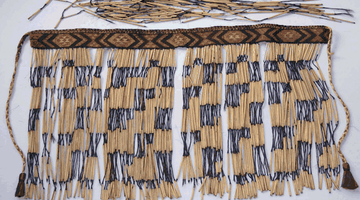
Māori have many traditional uses for harakeke (Phormium tenax) such as the making of traps and fishing nets and the weaving of whāriki (mats) and kete (baskets). Harakeke is also important for ...
READ MORE
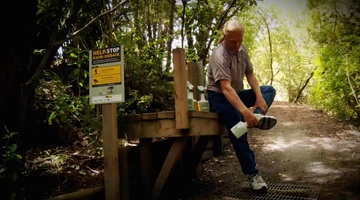
Kauri are a tuakana species in Aotearoa – they are like the older sibling, towering above the ngahere (forests), giving protection for the younger organisms. Rights: Scottie Productions Kauri ...
READ MORE
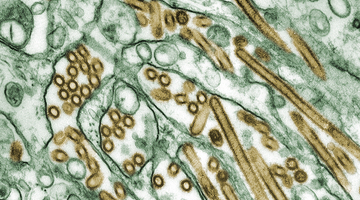
In this activity, students research and summarise the key features of bacteria, viruses and fungi. By the end of this activity, students should be able to: draw basic microorganisms describe the ...
READ MORE

In this activity, students explore what conditions are best suited to the growth of fungus using different types of food. By the end of this activity, students should be able to: set up an ...
READ MORE
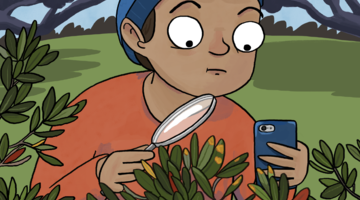
Myrtle rust is a serious biosecurity threat, and help is needed to monitor its spread. This citizen science project aims to gather information on the location, hosts and intensity of this fungal ...
READ MORE
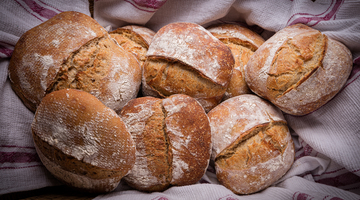
Capture wild microbes and turn them into bread – for science! This is a project you could do with your students in the classroom or they can do at home. Microbes are found in every environment on ...
READ MORE
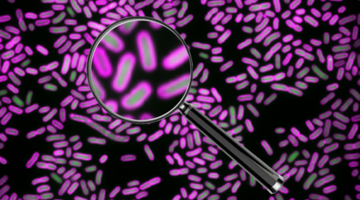
Help this global project to develop a faster test for antibiotic resistance by looking inside bacteria that have been treated with antibiotics. This will improve healthcare for patients with ...
READ MORE

In this recorded professional learning session Dr Rosemary Hipkins joins us to discuss the concept of enduring competencies – competencies that focus on what students can do with their knowledge ...
READ MORE

Freshwater is defined as inland water – springs, streams, rivers, lakes and wetlands. It includes water that is stored in glaciers and under the ground within soil and in aquifers. Freshwater is ...
READ MORE

In this recorded webinar Pauline Waiti and Rosemary Hipkins explore the idea of knowledge systems with examples from science and mātauranga Māori. The report Enduring Competencies for Designing ...
READ MORE
Dr Bronwyn Lowe (University of Otago) worked with Māori weavers to explore the properties of different harakeke varieties. In this clip, Bronwyn explains how the weavers’ traditional knowledge ...
READ MORE
Dr Bronwyn Lowe (University of Otago) describes her use of scanning electron microscopy (SEM) to explore harakeke leaves. Bronwyn found that different harakeke varieties have differently ...
READ MORE
Rangi Te Kanawa, a textile conservator at The Museum of New Zealand Te Papa Tongarewa, faces the problem of rapid deterioration in dyed harakeke artefacts such as garments and mats. In order to ...
READ MORE

An interactive that shows how early Māori used different fungi for food and medicine.
READ MORE

He mahi pāhekoheko e whakaata ana i te whakamahi a ngāi Māori o nehe i te hekaheka hei kai, hei rongoā anō. Hei tirotiro i te roanga atu o ngā kōrero, ka pāwhiri ai ki ia pouaka whai tapanga ...
READ MORE
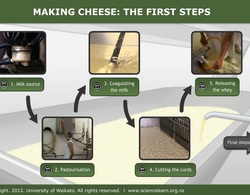
This interactive explains the first steps in the process of making traditional Gouda cheese.Click on the labels to watch the videos and for more information. Find out more about the final steps ...
READ MORE